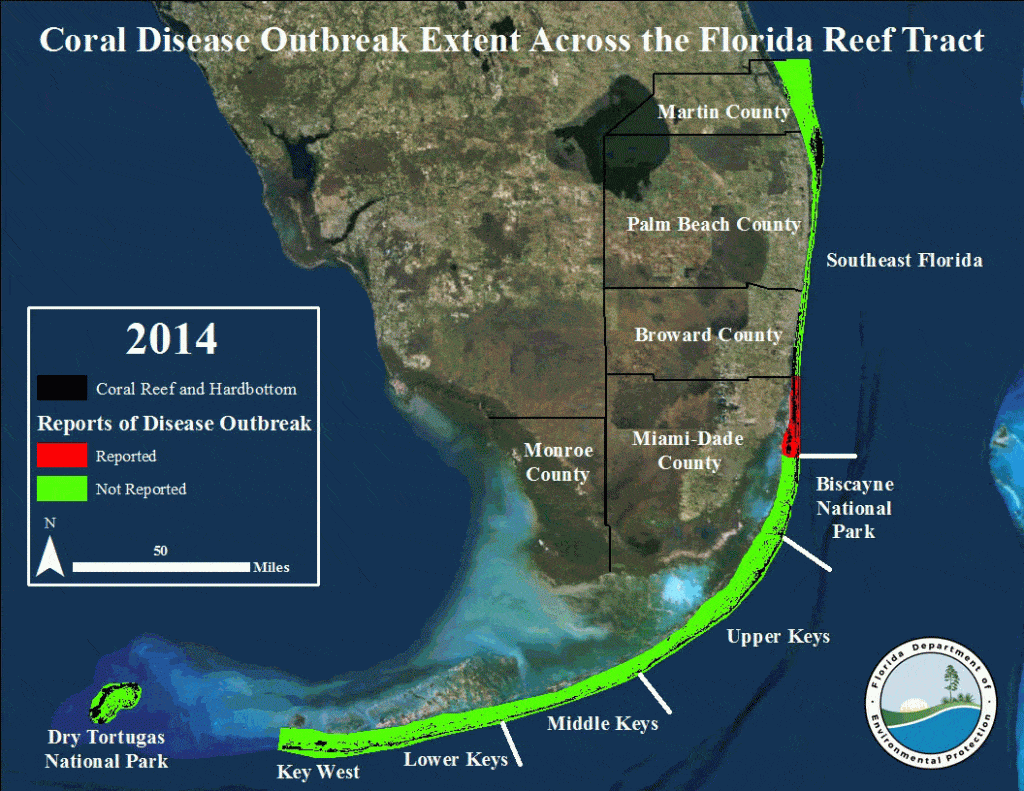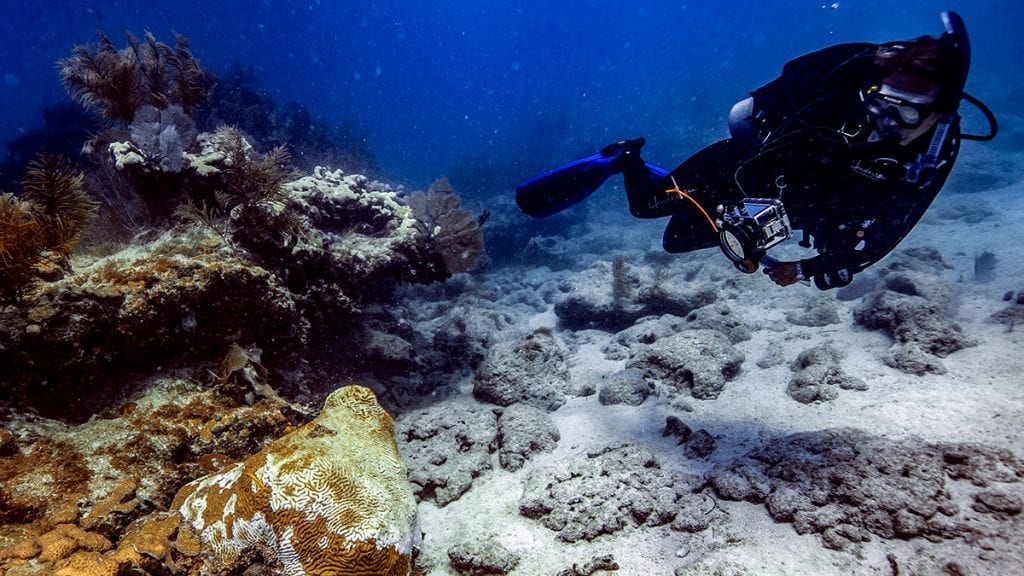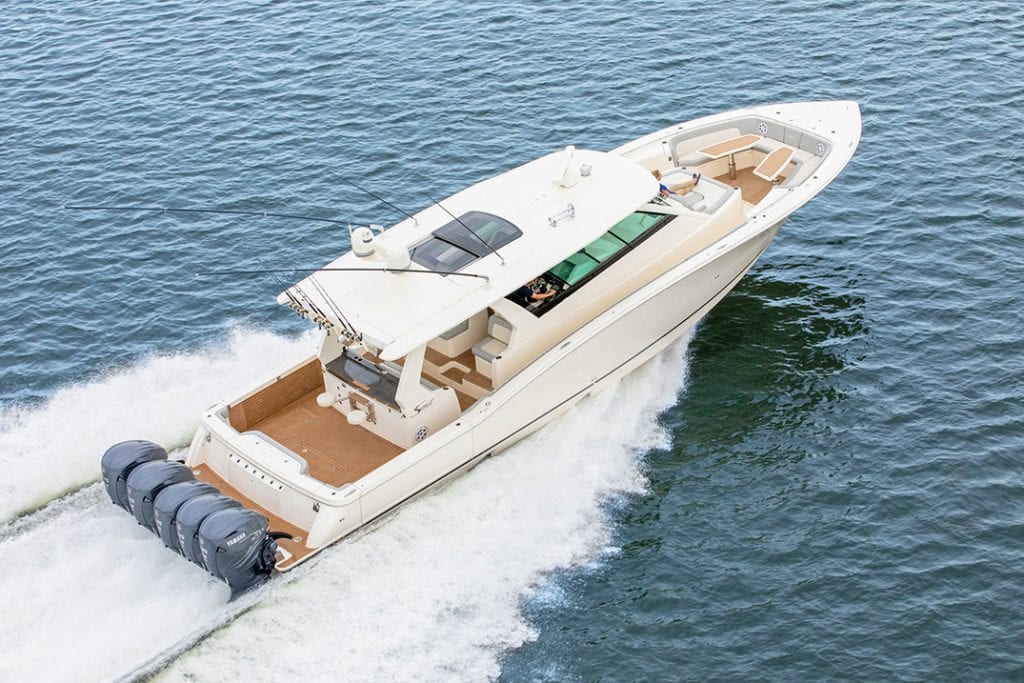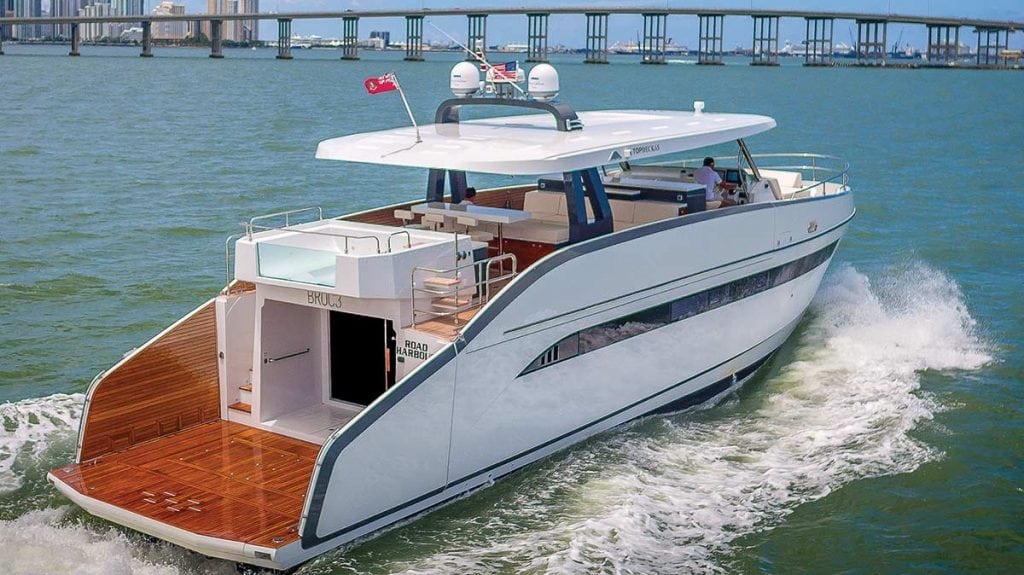What is stony coral tissue loss disease?
And more important, how do we stop it?
In September 2014, researchers noticed that certain stony corals along the Florida Reef Tract weren’t doing so well. The Florida Reef Tract stretches approximately 360 miles in an arc along the Florida Keys and southeastern Florida. It’s currently the world’s third largest reef.
In Miami-Dade County, of Virginia Key, corals were showing “small circular or irregular patches of white, exposed skeleton devoid of tissue,” explains Dr. Andy Bruckner, research coordinator for Florida Keys National Marine Sanctuary. From there, the tissue would slough off, leaving the stark white skeleton exposed until algae colonized it. The disease, he explains, “radiates across the colony and outward.”

And spread outward it did—the stony coral tissue loss disease has since been found in the Lower Florida Keys.
This spells trouble for the reefs, and for the creatures and people who depend on them. The reefs of the Florida Keys provide food and recreational opportunities for residents and vacationers alike, and they can protect coastal communities since they serve as a buffer for hurricanes and other storms.
Worldwide, coral reefs support approximately 25 percent of all known marine species. Reefs provide homes for more than 4,000 species of fish, 700 species of coral, and thousands of other plants and animals.
The architects of coral reefs are hard corals. Unlike soft corals, hard corals have stony skeletons made out of limestone that are produced by coral polyps. When polyps die, their skeletons are left behind and used as foundations for new polyps. An actual coral branch or mound is composed of layer upon layer of skeletons covered by a thin layer of living polyps.
Scientists believe the disease is likely caused by a bacterial infection carried by currents, but little else is known.
As Joanna Walczak, southeast regional administrator at the Florida Department of Environmental Protection puts it, “this is an all hands on deck situation, requiring an unprecedented effort and response.”
Partners from universities, nonprofits, and government agencies have joined the Florida Keys National Marine Sanctuary and the Florida Department of Environmental Protection to understand the disease and how it can be stopped.
What can we do?
To stop the spread of contamination from one dive site to another, experts have a few recommendations for divers/snorkelers and swimmers.
Dos
- Inspect dive gear equipment and remove any debris between each dive
- ALWAYS Sanitize non-sensitive gear with a bleach solution
- For sensitive gear, wash with copious amounts of fresh water
- Move from “healthiest” site to “dirtiest” site
- Always decontaminate regulators, gauges and computers
- Use a reef-healthy sunscreen
Don’ts
- Never leave any debris on dive/snorkel gear
- Don’t move from a diseased site to a healthy site
- Don’t dispose of disinfectant or waste into the ocean or a storm drain
“This collaborative response effort is vitally important,” says Sarah Fangman, Florida Keys National Marine Sanctuary superintendent. “The broad knowledge provided by all our partners working together has resulted in the development of a variety of interventions.” Together, these partners hope to develop an effective treatment.
Learn more what scientists are doing to learn about stony coral tissue loss.
–Erin














